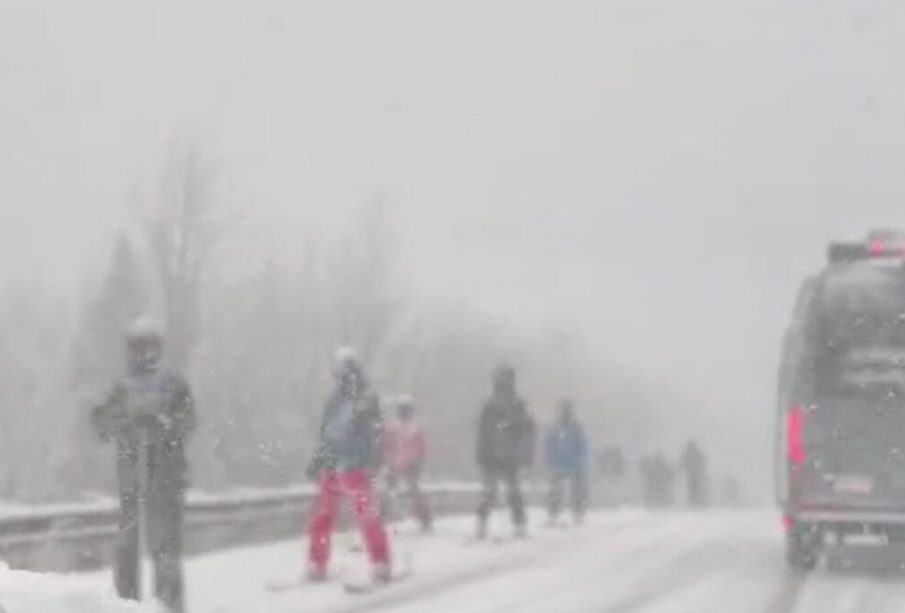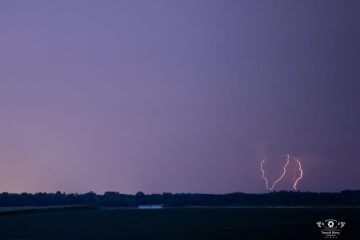Understanding Thundersnow: What You Need to Know

Introduction to Thundersnow
Thundersnow is a rare and intriguing winter weather phenomenon characterized by snow accompanied by thunder and lightning. While it may sound bizarre, this unique occurrence can have significant implications for winter weather forecasting and safety. Understanding thundersnow can help Canadians better prepare for winter storms that exhibit this unusual behavior.
The Science Behind Thundersnow
Thundersnow typically occurs when the atmospheric conditions are just right. It is most commonly associated with strong winter storms, often when warmer, moist air meets cold air. When this warm air rises into the colder regions of the atmosphere, it can create instability, just like in typical thunderstorms.
During such conditions, if the precipitation occurs as snow instead of rain, the result can be thundersnow. The ice crystals in the storm can produce electrical activity, leading to the thunder that accompanies the falling snow. This convergence of conditions usually manifests in specific geographical locations, particularly in areas prone to heavy snowfalls, such as parts of Canada during the winter months.
Recent Events of Thundersnow in Canada
Canada has recently experienced notable thundersnow events, drawing attention from meteorologists and residents alike. For example, during the winter of 2022, a winter storm system affected parts of Ontario and Quebec, bringing not only heavy snow but also sporadic thundersnow. Reports from Environment Canada indicated thunder and lightning in several regions, catching many off-guard and emphasizing the need for vigilance during winter storm warnings.
In 2023, another incident occurred in the eastern provinces, as a powerful winter storm swept through the area. This storm highlighted the unpredictability of thundersnow, as local forecast models struggled to predict the exact onset. The phenomenon can lead to reduced visibility and rapid changes in road conditions, increasing hazards for motorists.
Conclusion: The Significance and Future of Thundersnow
The phenomenon of thundersnow serves as a reminder of the complexity and variability of winter weather. As climate patterns continue to evolve, instances of thundersnow may become more common, necessitating improved forecasting methods to better prepare communities for such events. Residents in areas accustomed to harsh winters should stay informed about potential thundersnow occurrences and remain cautious during storms, as the combination of snow and thunder can create unexpected challenges. By understanding thundersnow, Canadians can navigate winter weather more effectively, ensuring safety and preparedness in their communities.









